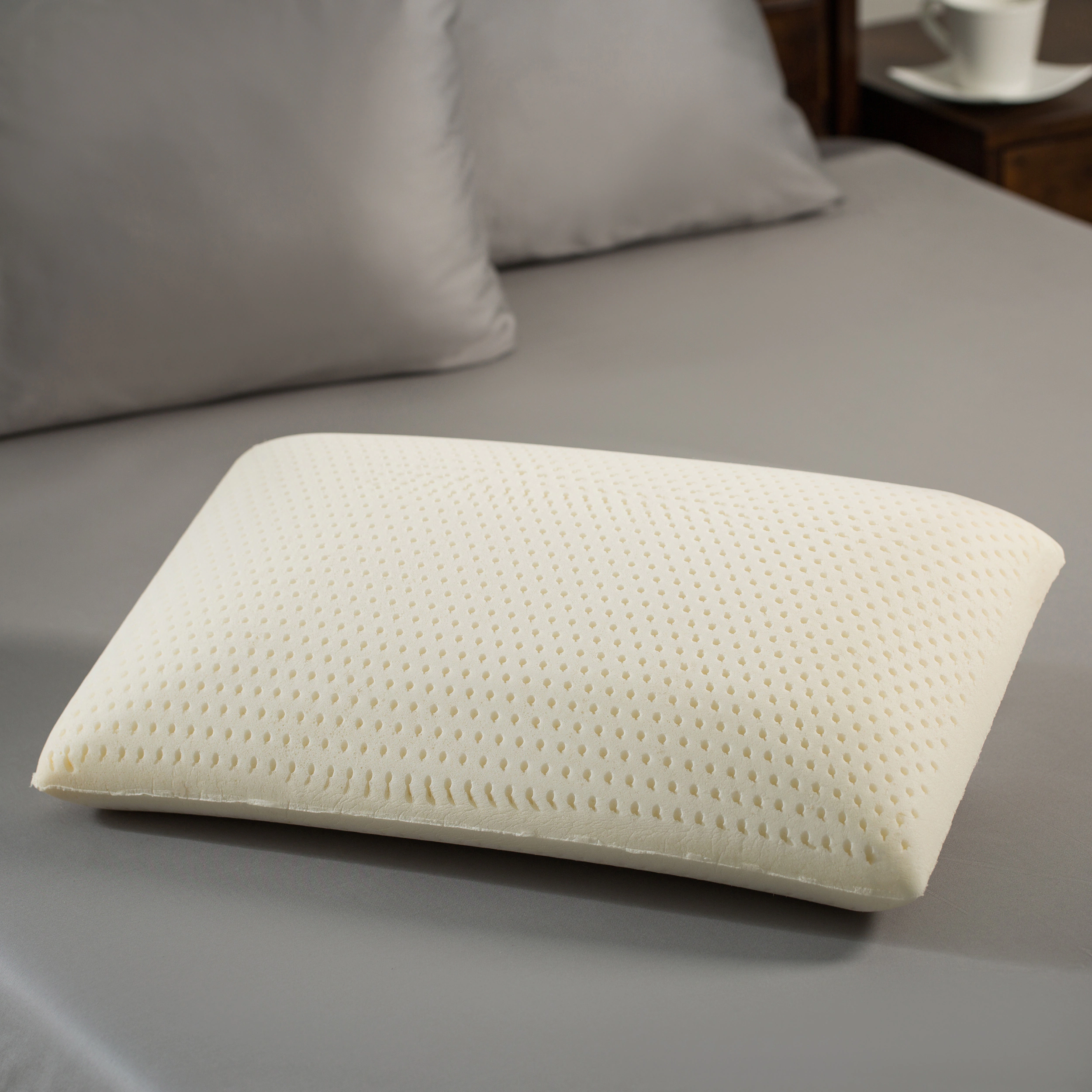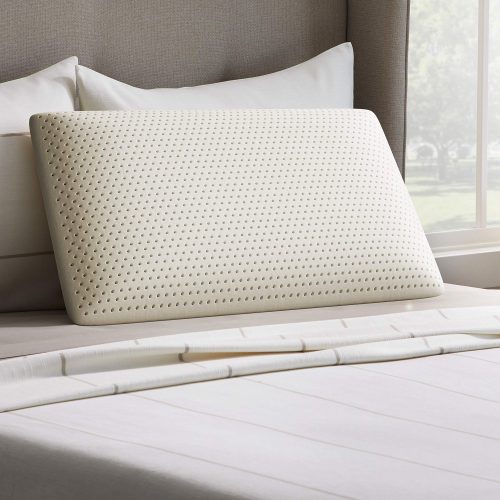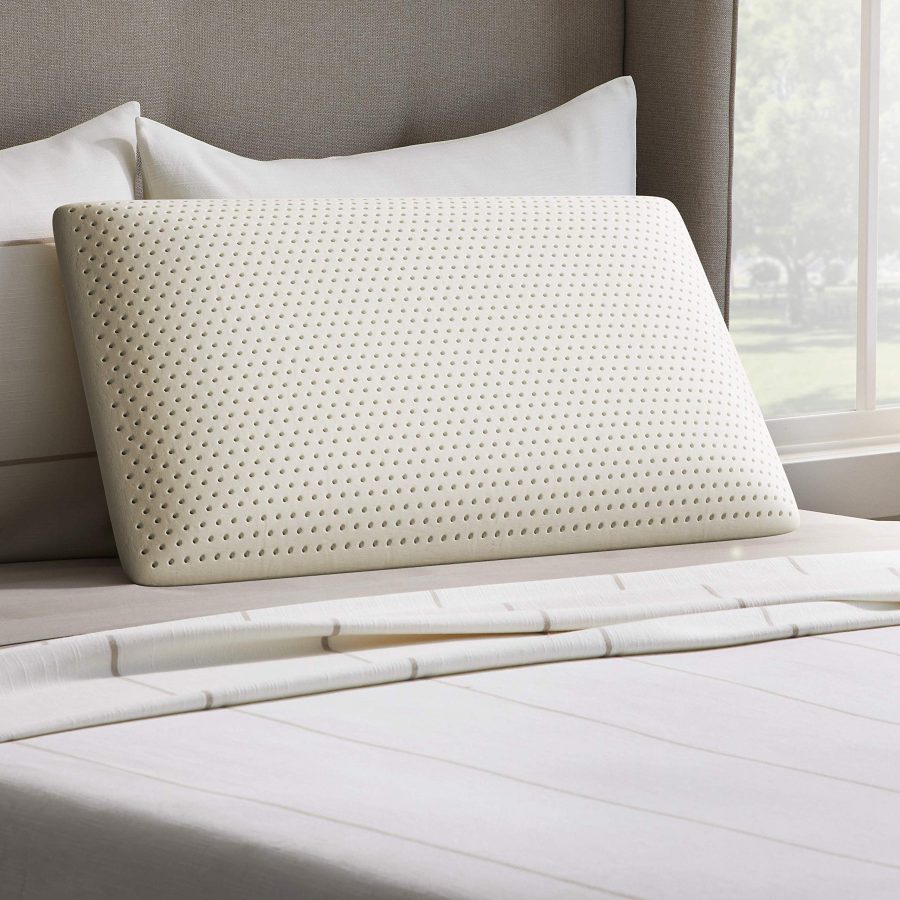Typical properties of PU matrix
| Name of products | Appearance | Visscosity (mPa.s/25 °C) | Density ( g.cm-3/25 °C) | Package ( kg ) |
| A – 9629 | Liquid | 800~1200 | 1.01~1.02 | 200 |
| B – 9629 | Yellowish Transparent | 300~600 | 1.06~1.1 | 230 |
Typical processing parameters & Reaction parameter
| Items | A/B Materials Temperatures °C | A/B Mix ratio ( By weight ) | Cream Time ( s) | End of Rise Time ( s ) | Free Rise Foam Density ( g/cm³ ) | Mold Temperature ( °C ) | Demold Time ( min ) |
| Physical | 20~25 / 20~25 | 100/30~35 | 10-12 | 70~80 | 0.075~0.085 | 40~45 | 15-20 |
Physical properties
| Items | Mold Density ( g/cm³) | Hardness ( Asker F ) |
Tensile Strength (kg/cm2) |
Elongation(%) | Rebound (%) |
| Physical properties | 0.09~0.10 | 35~50 | 0.8~1.2 | 100~150 | >40 |







